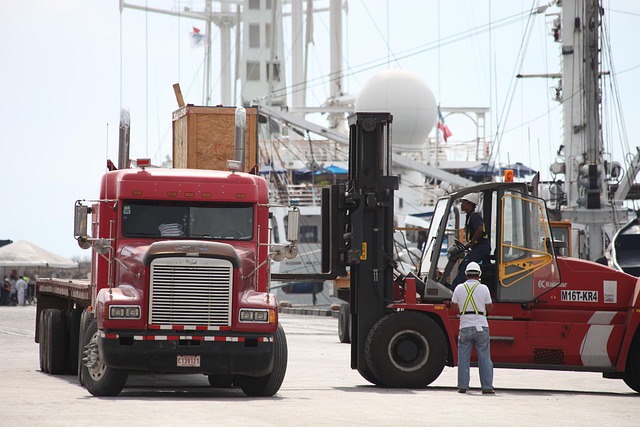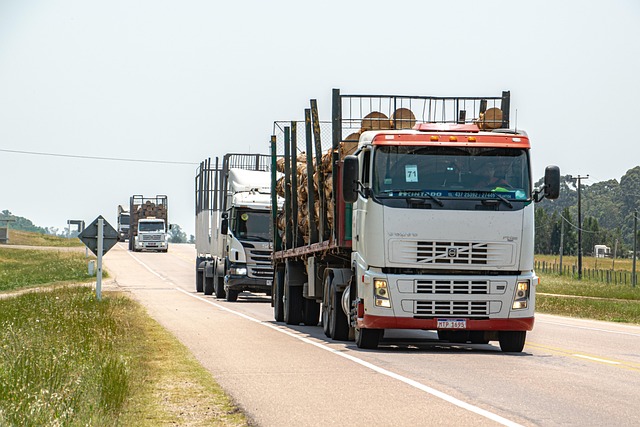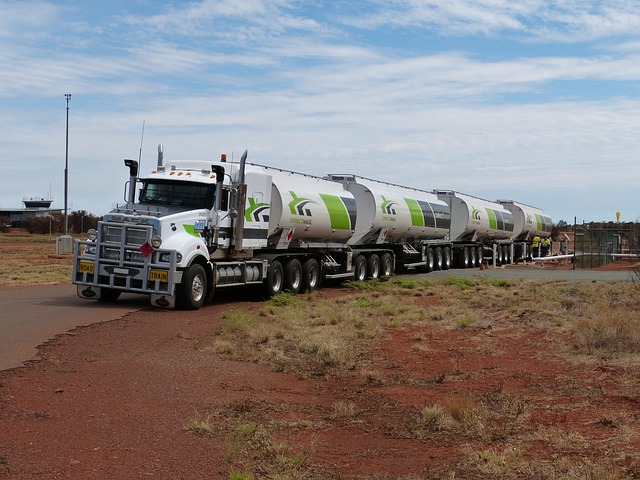Looking to register your car in California? Navigating the process can be straightforward if you understand the DMV’s VIN (Vehicle Identification Number) verification process. This guide walks you through gathering essential documents, preparing your vehicle for inspection, completing the registration application form, and submitting your application along with necessary fees. By following these steps, you’ll ensure a smooth car registration experience in California.
- Understand the DMV VIN Verification Process
- Gather Required Documents for Car Registration
- Prepare Your Vehicle for Inspection
- Complete the Car Registration Application Form
- Submit Your Application and Pay Fees
Understand the DMV VIN Verification Process

When registering your car in California, understanding the DMV VIN (Vehicle Identification Number) verification process is crucial. This involves a rigorous inspection to ensure the vehicle’s authenticity and history. The Department of Motor Vehicles (DMV) uses the VIN as a unique identifier to cross-reference with their records and confirm that the car has not been reported stolen or had any outstanding issues.
During this verification, a mobile vin verifier or inspector will check key components like the engine, transmission, chassis, and body panels for discrepancies. They also verify the vehicle’s title, registration history, and safety features. It’s important to be prepared with necessary documents, such as proof of ownership and insurance, to streamline the process. This meticulous approach ensures that California roads are safe and helps protect consumers from potential fraud.
Gather Required Documents for Car Registration

Before you begin the registration process, ensure you have all the necessary documents ready. The California Department of Motor Vehicles (DMV) requires specific paperwork for car registration, including proof of ownership and identification. One crucial step is to undergo a DMV VIN verification, which involves checking the vehicle’s unique identifier. This can be done through a mobile vin verifier or by visiting a local DMV office.
Additionally, you’ll need your vehicle’s title (if applicable), driver’s license or state ID, proof of insurance, and payment for registration fees. A mobile vin inspection might also be required, depending on the purchase type and vehicle age, to ensure all details match and prevent fraud. Make sure to double-check that all documents are up to date and accurate to streamline the car registration process in California.
Prepare Your Vehicle for Inspection

Before you can register your car in California, you’ll need to ensure it meets all safety and emission standards set by the state. One crucial step is preparing your vehicle for a DMV (Department of Motor Vehicles) VIN (Vehicle Identification Number) verification inspection. This involves conducting a thorough check to confirm that all components are functioning correctly, including lights, brakes, tires, and emissions systems.
It’s advisable to have a reliable mobile vin verifier perform a vin inspection before visiting the DMV. Many services offer mobile vin inspection options, allowing you to address any issues in one convenient step. By doing so, you can save time and avoid potential delays when submitting your registration application, ensuring a smoother process overall.
Complete the Car Registration Application Form

To start the registration process for your car in California, you’ll need to complete the Car Registration Application Form, also known as the Form DV367. This form is a crucial first step and requires accurate and up-to-date information about your vehicle. Make sure you have all the necessary details handy before beginning, including your Vehicle Identification Number (VIN). The VIN is a unique code that identifies your car and is typically located on the vehicle’s registration label or in its engine compartment. Accurately entering this number during the registration process is essential for successful DMV vin verification.
You can complete the form online or in person at a California Department of Motor Vehicles (DMV) office. When filling out the application, ensure you provide all required information, including your personal details and those related to the vehicle’s ownership and history. If you’re not sure about any section, it’s best to consult the official DMV guide or reach out for assistance regarding mobile vin inspection or vin inspection services.
Submit Your Application and Pay Fees

After you’ve gathered all the required documents and completed your car’s emissions test, it’s time to submit your application and pay the necessary fees. This crucial step involves taking your vehicle and paperwork to a California Department of Motor Vehicles (DMV) office or using their online services for a more convenient experience.
During this process, the DMV will conduct a DMV vin verification, checking the Vehicle Identification Number (VIN) data against their records. They’ll ensure that your car meets all safety standards and that the title is legitimate. For a vin inspection or mobile vin verification, you can also contact an approved third-party service to perform this check, saving you a trip to the DMV. Once your application is approved, along with the successful vin inspection, you’ll receive your vehicle’s registration certificate, allowing you to legally operate your car on California roads.
Registering a car in California involves several straightforward steps, including successful completion of the DMV VIN verification process. By gathering all required documents, preparing your vehicle for inspection, and accurately completing the registration application form, you’ll be well on your way to securing your vehicle’s legal status. Remember to submit your application and fees promptly for a seamless registration experience.



